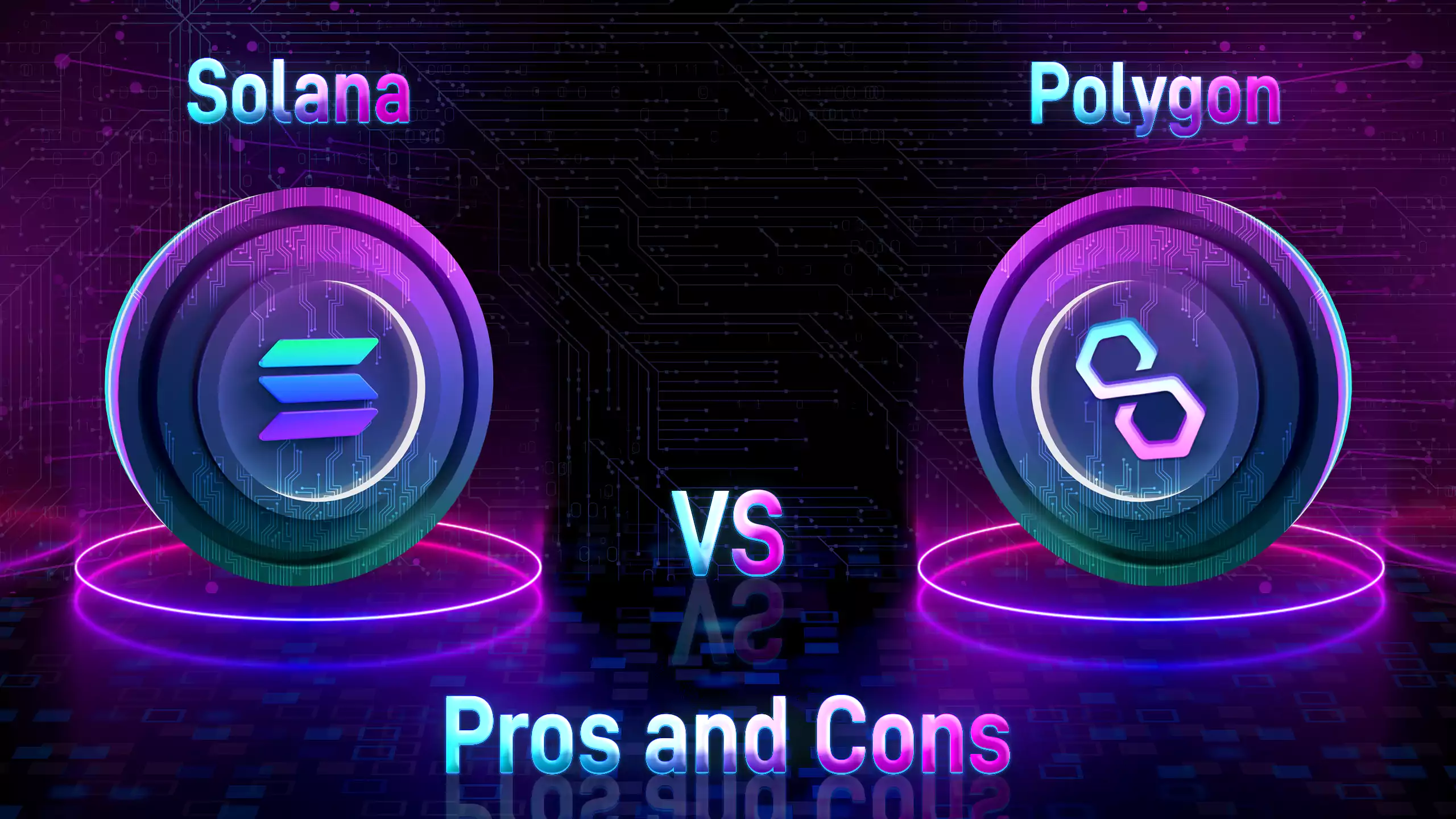A few years ago, it would have been impossible to imagine how cryptocurrencies and blockchain technology would revolutionize our world. However, today, we are witnessing new trends and business structures and models such as banking, cryptocurrencies, and decentralized financial organizations emerge based on the foundations of blockchain technology. One of such prominent trends is NFTs which are now among the talked-about topics in recent years.
Non-Fungible Tokens, popularly known as NFTs, are one of the biggest revelations of blockchain technology. Since its introduction, NFTs have gained massive acceptance and were the Collins Dictionary’s word of the year in 2021.
Due to its massive popularity, most businesses and celebrities have joined the growing craze around NFTs. This has resulted in some remarkable sales and collections over the years. For instance, the Bored Ape Yacht Club is the most valuable NFT collection, with over 460 sales and $1.4 billion in trading volume. CryptoPunks, The SandBox, CloneX, Azuki, etc., are also among the most valuable NFT collections.
However, while NFTs enjoy an enviable position as the most widely discussed concepts that use blockchain technology, it is vital to note that Solana and Polygon are among the most popular blockchain technologies that support cryptocurrency transactions.
Therefore, in this post, we shall examine the concept of blockchain technologies and two of the most prominent blockchain technologies, Solana and Polygon. We shall also consider the pros and cons of using these blockchain technologies to enable participants to make the best choices.
Solana vs. Polygon Blockchain Technologies
A blockchain is a kind of software that allows for connecting a network of computers without any need for intermediaries. It creates a decentralized network of computers via which different values can be sent and received instantly, stored securely, and at a much lower cost.
Blockchain removes the potential of data loss because the data is copied to several nodes, and each node runs a copy of the blockchain. Data stored on the blockchain are secured against tampering and cannot be easily lost.
Established in 2017 by popular blockchain engineer Anatoly Yakovenko and current Solana Chief Operations Officer Raj Gokal, Solana is an open-source, proof of stake and public blockchain that utilizes smart contracts and supports NFTs and a wide range of decentralized applications (dApps).
News of their creation formed a huge buzz within the blockchain community as Solana promises lower fee charges as opposed to the Ethereum blockchain, known for its high gas fees.
The native token of the Solana blockchain is the SOL token, which serves as the platform’s cryptocurrency and as a means to offer network security for transactions conducted on the platform.
The blockchain is renowned for processing transactions at 65,000 transactions per second and runs on a hybrid protocol of proof-of-history (PoH) and proof-of-stake (PoS).
Presently, the total supply of SOL coins is over 511,616, 946, with around 315,100,273 coins in circulation. The native Solana coin, known as the SOL token, is utilized for two essential purposes: allowing holders to stake their SOL and acting as the cryptocurrency for paying fees related to executing smart contracts and other trades conducted on the Solana Blockchain.
On the other hand, Polygon is a layer two scaling solution powered by the Ethereum blockchain. The network’s native cryptocurrency token is MATIC, and it is used for staking, paying transaction fees, for governance, among others. The Polygon network is not an independent blockchain but instead acts as a complement to the Ethereum blockchain, allowing for lower fees and speedy transactions.
Formerly known as the Matic Network, Polygon was created in 2017 by expert Ethereum developers Anurag Arjun, Mihailo Bjelic, Jaynti Kanani, and Sandeep Nailwal in India. The Matic Network first went live in 2020 and has attracted big shots in decentralized finance, also referred to as DeFi, MakerDAO, and Decentraland. The network changed to Polygon in early 2021.
Polygon helps to connect and grow Ethereum compatible blockchains and projects. It allows for connection between Ethereum and other blockchains and also helps to link other blockchains to the Ethereum blockchain. The platform also utilizes the proof-of-stake consensus mechanism for every transaction.
As a secondary scaling network, Polygon focuses on addressing the limitations of the Ethereum blockchain, which are slow transaction processing speeds and high gas fees.
We shall now consider the pros and cons of both platforms.
Solana Pros and Cons
Pros
- Among most crypto enthusiasts, Solana is believed to be the most significant rival of Ethereum. Solana is renowned for processing transactions at a blistering speed of over 50,000 transactions per second (TPS). While Ethereum processes transactions at 14 TPS, Solana can execute over 50,000 TPS at less than $0.01 per transaction.
- Solana possesses the third biggest futures market, considered the most crucial measure in derivative contracts.
- With the growing surge in widespread interest in NFT, Solana has jumped into the NFT space by introducing over 10 NFT marketplaces such as SolSea and Solanart. Users of the Solana blockchain can conduct transactions on the platform at record speed and with very low transaction charges.
- The Solana blockchain enjoys a solid institutional attraction. The investor community is growing by the day, and with it comes more investor adoption.
- Transactions on the blockchain are secure and safe since Solana leverages the proof-of-history and proof-of-stake innovations in conducting transactions on the blockchain.
- Users of the Solana blockchain do not require multiple shards or layer two systems because Solana ensures the composability of projects.
Cons
- There are controversies around the total number of SOL tokens in supply. In November 2021, there were widespread rumors that Solana was not honest about the total amount of their tokens in circulation. Justin Bons, the creator of a popular crypto fund manager known as Cyber Capital, released many tweets calling out what he regarded as the “fraud, lies and deception” by Solana.
- Solana is not decentralized enough. This is one of the biggest cons of using the blockchain. While Ethereum has over 200,000 validators, SOL only has 1,000 validators. The higher the number of validators, the more secure the blockchain.
- Solana does not have a fixed supply of coins, which has led to fears of potential risks of inflations of the coins.
- Solana has fewer projects on their blockchain. While Ethereum has over 2,900 active projects, Solana only has 350 projects which are around 10% of Ethereum’s projects.
- Solana has network stability problems. Instability in blockchain is a matter of concern to investors. In September 2021, the network witnessed some instability which the Solana Founded tweeted about. However, despite their explanations for the incident, most investors were not satisfied with their explanations.
Polygon Pros and Cons
Pros
- One of the key pros of the Polygon network is that transactions are processed at a record speed of 2.1 seconds.
- Polygon offers lower transaction fees. Despite running on the Ethereum blockchain, renowned for its high gas fees, Polygon executes transactions at very low fees of about $0.01 per transaction.
- The network is intrinsically more secure than other networks due to its validation system.
- Polygon utilizes a joint system that includes the Heimdall architecture and proof-of-stake (PoS), boosting power and scalability.
- Polygon possesses a highly customizable tech stack that provides users with similar experiences as the Ethereum blockchain.
- Prices of cryptocurrencies generally rise with news of popular persons investing and supporting the projects, which adds validity and approval to the project. Polygon enjoys validation and approvals from foremost investors and major industry players. In 2021 Polygon’s chief operating officer and co-founder, Sandeep Nailwal, stated that prominent crypto investor and entrepreneur Mark Cuban had invested in an undisclosed amount of Polygon.
Cons
- Polygon is not an independent blockchain and depends on the Ethereum blockchain to conduct transactions. This exposes it to being affected should Ethereum witness any severe disruption.
- The Polygon token MATIC, can only be used for transactions on the network. Unlike other digital cryptocurrencies, MATIC cannot be utilized for everyday crypto transactions.
- Polygon faces serious competition from other blockchain technologies. Given its lack of autonomy, it is predicted that this could affect its market potential. Various emerging crypto projects, such as Chainlink and Polkadot, are aiming to offer similar features as Polygon.
- The main reason why there was a need for layer 2 scaling network was due to the outcries from Ethereum’s DeFi applications’ slow network processing speed. However, Ethereum announced in December 2021 that it intended to upgrade to Ethereum 2.0, which would effectively eliminate the layer 2 scaling solution that Polygon is built upon. Developments in Ethereum 2.0 would likely render Polygon obsolete because it would no longer be needed as the second layer of Ethereum.
Conclusion
Solana and Polygon are two popular networks that support cryptocurrency transactions. As an investor looking to maximize your gains in the market, it is essential to consider both networks' various pros and cons before proceeding with your investments. This will equip you with valuable information regarding the present and prospects of both platforms and their different utilities.






